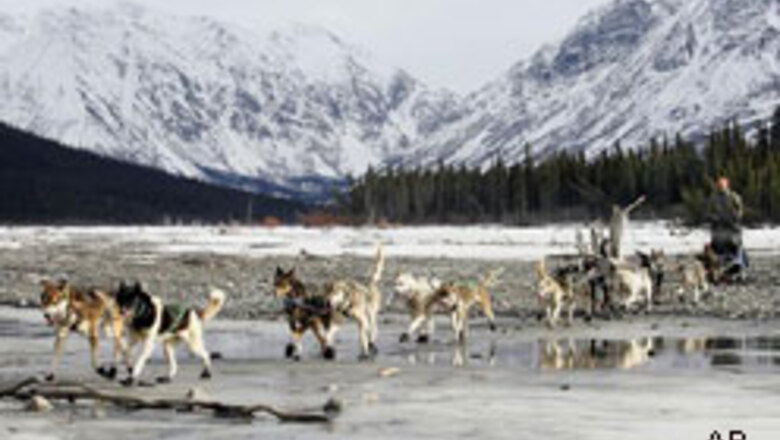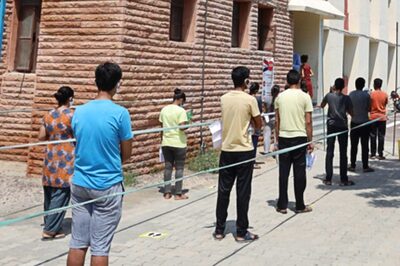
views
Washington: A University of Alaska, Fairbanks (UAF), study has said that the shrinking of water bodies in Alaska is making that state warmer and dryer.
According to the study, which appears in the Journal of Geophysical Research, the last 50 years shows a dramatic reduction in the size and number of more than 10,000 ponds in Alaska.
All ponds in sub-Arctic Alaska showed a water table reduction of between 4 and 31 percent, with most of the change occurring since the 1970s.
The ponds in the Arctic Coastal Plain showed negligible change.
Alaska, the researchers say has experienced a warming climate with longer growing seasons, increased permafrost thawing, an increase in water loss due to evaporation from open water and transpiration from vegetation.
“Alaska is important in terms of waterfowl production and if you have a lowering of the water table that could have a potentially huge impact on waterfowl production,” claims Dave Verbyla, the co-author of the study and professor in the School of Natural Resources and Agricultural Sciences at the UAF.
National Wildlife Refuges cover more than 77 million acres in Alaska and make up 81 per cent of the national refuge system.
These refuges provide breeding habitat for millions of waterfowl and shorebirds that over winter in more southerly regions of North America.
The researchers have based their conclusions using black and white aerial photographs from the 1950s, color infrared aerial photographs from 1978-1982, and digital images from the Landsat satellite from 1999-2002.
“Cloud shadows can look like water and Alaska rarely experiences a cloudless day,” said Verbyla.
The main study area was the sub-Arctic Boreal region of Interior Alaska, which spans more than five million square kilometres bounded on the north by the Brooks Range and on the south by the Alaska Range.




















Comments
0 comment